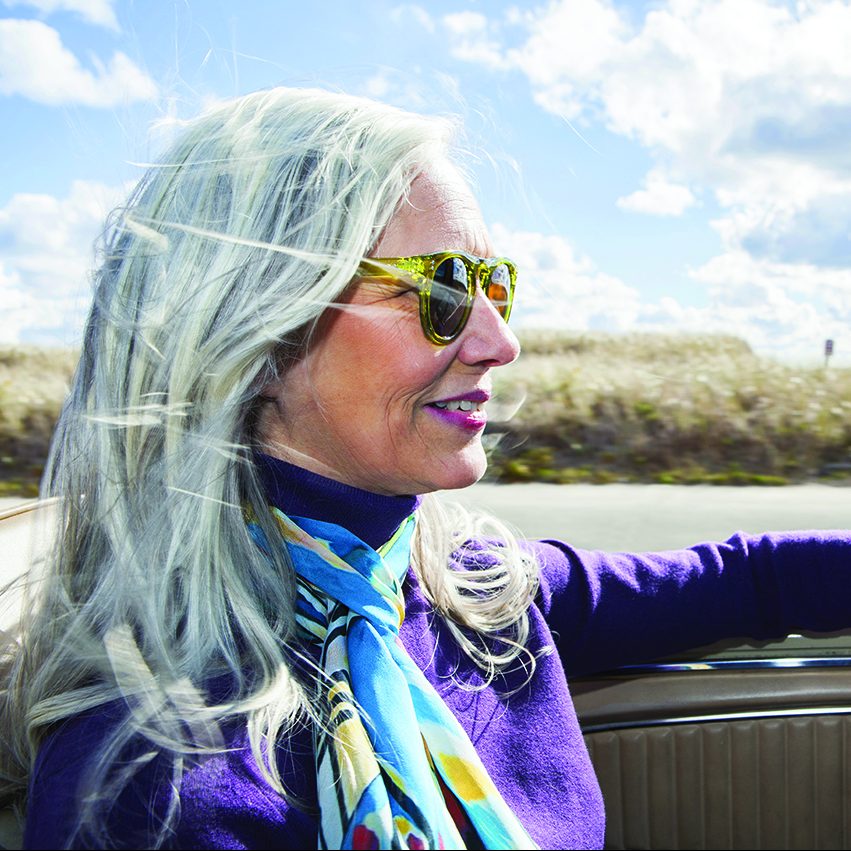Ultraviolet radiation from the sun can prove harmful to the skin. UV rays have been linked to the formation of various skin cancers, including the dangerous melanoma. However, UV exposure also can cause issues elsewhere in the body, including the eyes.
The American Academy of Ophthalmology says everyone’s eyes are at risk of damage from UV light, regardless of their age or skin pigmentation. But some people are at higher risk. Children are included in the elevated risk group because they often play outside. Some studies also show that people with eye diseases like retinal dystrophy or those who underwent surgery for cataracts may be at higher risk for sun damage.
UV Light and Eye Disease
UV light damages cells in the eyes, particularly in the retina. The Cleveland Clinic says the retina is responsible for capturing light that enters the eye and translates it into the images you see. If the retina becomes damaged, vision can be impaired or even lost. Here are some additional eye diseases associated with UV radiation.
· Photokeratitis: This is the equivalent of a sunburn on the surface of the eye. While it can occur during the summer, the sun reflecting off of snow or light-colored pavement also can contribute to photokeratitis at other times of the year.
· Cataracts: UVB radiation can harm the lens of the eye and damage proteins. Over time, these proteins can clump together to form cataracts.
· Conjunctival Cancer: This is a form of cancer that forms on the surface of the eye, known as the conjunctiva.
· Macular Degeneration: This is the leading cause of vision loss among older people, according to NVision Eye Centers. The macula is the center of the retina. If this area becomes damaged, central vision will be compromised.
Protect Vision
It’s easy to protect the eyes from UV rays. Individuals with blue or green eyes should keep in mind that they are at a high risk of UV damage. However, everyone should take precautions.
Look for sunglasses that protect against UVA and UVB rays, offering 99 to 100 percent protection (or UV400 rating). UVA rays harm central vision, while UVB rays can damage the front of the eye. Sunglasses should be worn when spending time outdoors. Sunglasses are available in all sizes, even for kids. Wraparound styles may protect the eyes and sides of the face.
Wearing a wide-brimmed hat also can protect the eyes by filtering harmful light. Select a hat with a broad, dark brim that shades the eyes and reduces glare, advises the National Eye Institute.
Consider the use of UV-blocking contact lenses. Some contact lenses offer UV protection, which can be an added precaution when used with sunglasses.
Another way to avoid UV eye risks is to stay away from tanning booths, mercury vapor lights and some types of halogen or fluorescent lights.
Speak with an eye professional about UV eye damage and other ways to mitigate risk.







